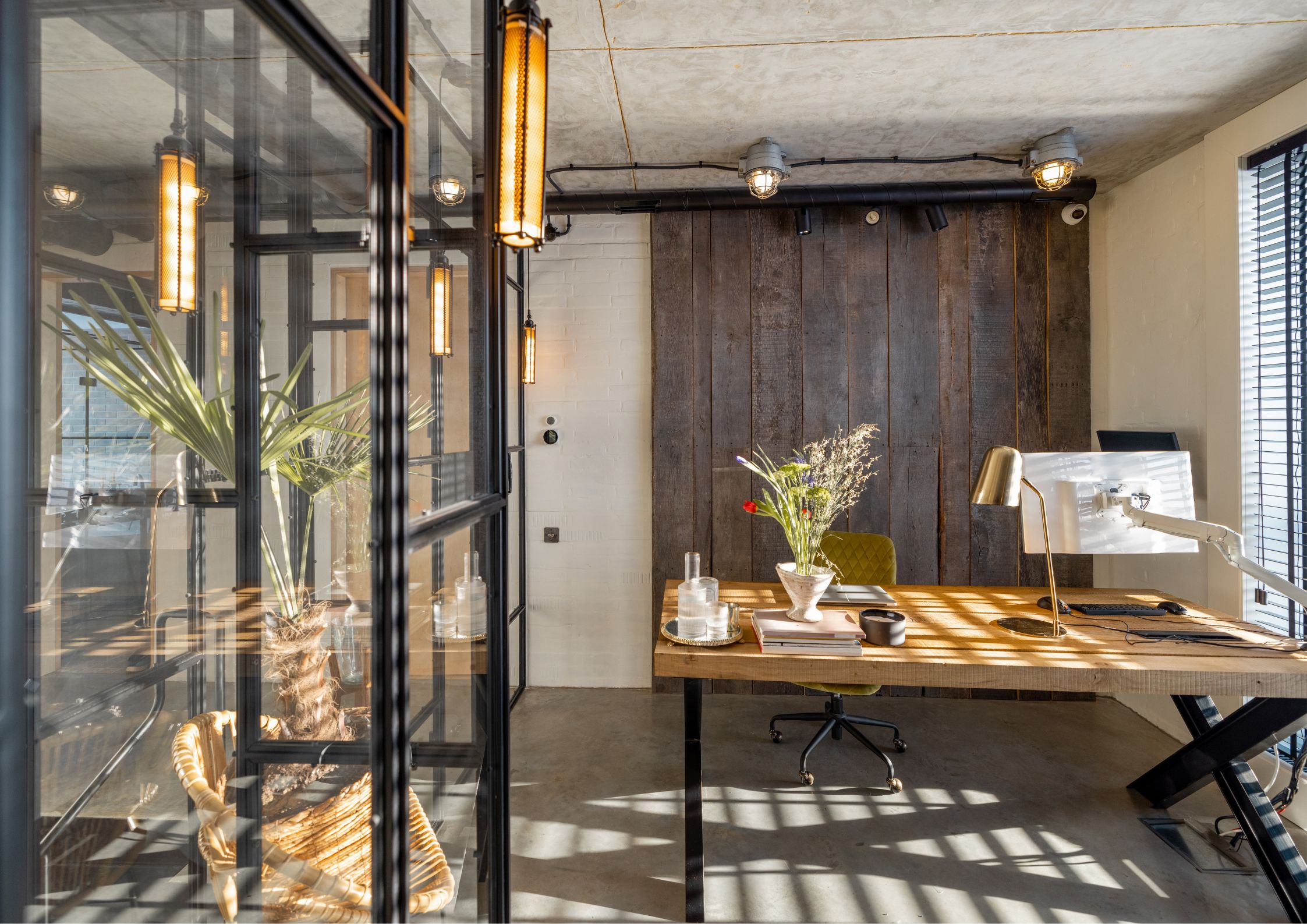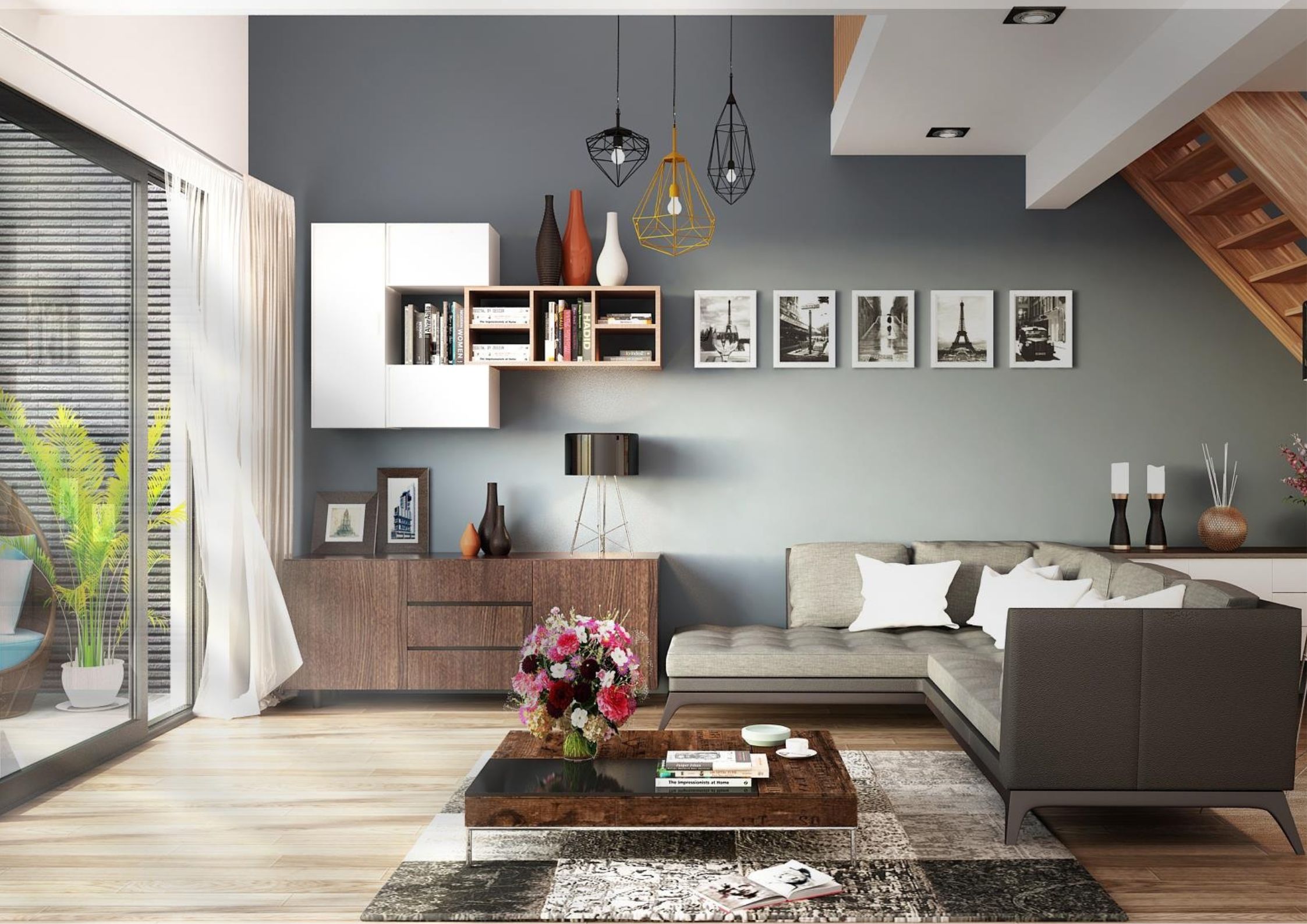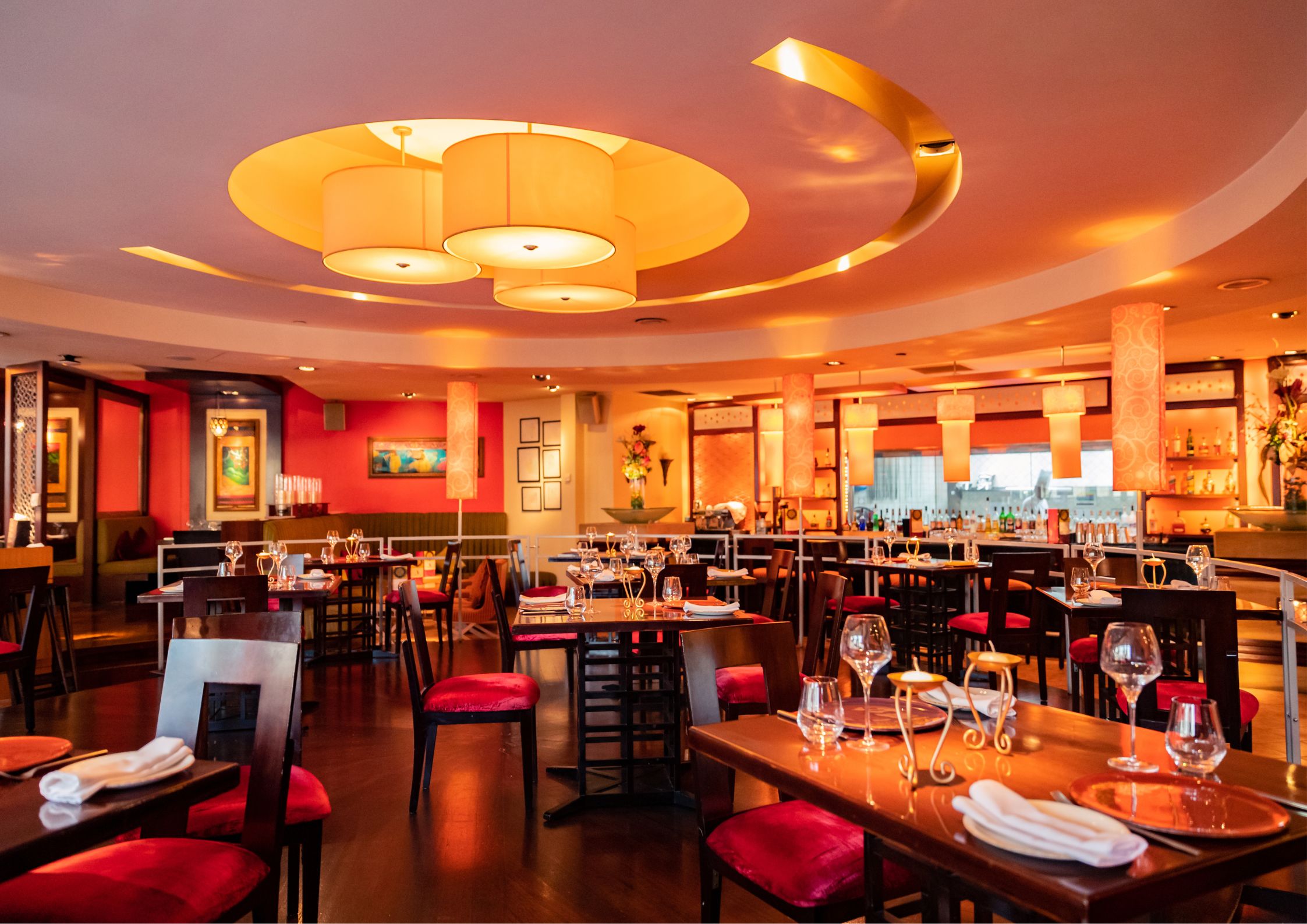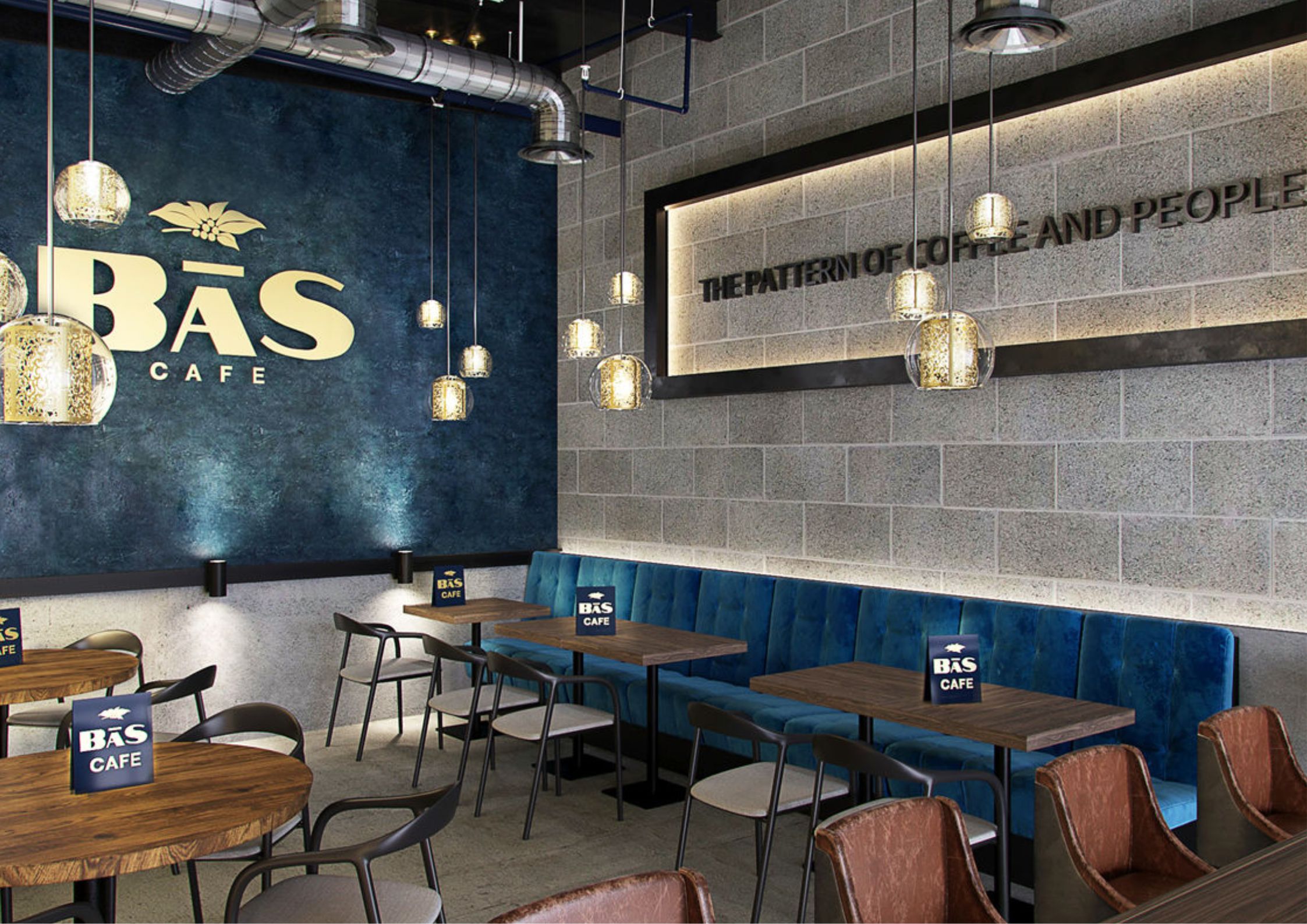Exploring Color Psychology in Interior Design
Interior Design & Decor5 minutes read
4572 views
4572 views
Color plays an important role in interior design when creating a harmonious and inviting space. Colors can evoke emotions, influence mood, and even impact our physiological responses. This is why we need to understand color psychology for interior design.
When deciding the color for your interior design, it is not just about looking aesthetically pleasing but also eliciting specific feelings and behaviors. Warm colors like red, yellow, and orange can evoke energy, happiness, and optimism. It can be used for the living room, balcony, or dining rooms.
Red colors can help to increase a person's appetite. Why not consider using them in your kitchen? If you are a restaurant or cafe owner, why don't you consider including it in your restaurant or cafe interior design?
Cooler colors such as blue, green, and purple are considered soothing and calming. It is ideal for bedrooms. Purple is considered to improve creativity, so why not use it for your children's bedroom to enhance their creativity? It can also be part of a childcare interior design.
What Is Color Psychology?

Color psychology is the study of how color affects a person's mood, productivity, cognitive functions, and creativity. It explores the psychological and physiological responses triggered by different colors and examines how individuals perceive, interpret, and interact with colors in various contexts.
Different colors are believed to have distinct psychological properties and associations, which can vary across cultures and individual experiences. For example, people can feel relaxed when they are surrounded by calming hues, such as green or blue.
They will feel more energetic and passionate when surrounded by loud, vibrant tones such as orange, red, or maroon.
While color psychology provides general guidelines and insights into the potential effects of colors, studies show that everyone will respond differently to standard color schemes. Context and personal preference also play a role in how individuals interpret and engage with colors.
Impact That Color Psychology Can Have On Home Interior Design

Color can influence a space's mood, atmosphere, and overall feel. Consider applying color psychology as you decide on your home interior design.
Consider using cool colors such as blues, greens, or lavender for bedrooms. These colors are known for their calming and soothing effect. It helps to promote a restful environment. Soft shades of these colors can create a serene atmosphere conducive to relaxation and sleep.
Consider incorporating warm colors such as reds, yellows, oranges in spaces where you want to promote energy and activities, such as living rooms. These colors can create a sense of vibrancy, stimulation, and warmth. But be mindful when you are using these colors. Use in moderation to avoid overwhelming the space.

Consider incorporating shades of blue or green if you have a home office or any space dedicated to creativity and productivity. Blue can enhance focus, concentration, and productivity, while green is associated with balance, harmony, and creativity. It can help to create an environment that stimulates inspiration and innovation.
Earthy hues such as browns, tans, and warm grays can provide a sense of grounding and stability. It can be used in various spaces to establish balance and create a connection to nature. Earth tones work well in living rooms, dining areas, or anywhere you want to create a warm and cozy atmosphere.
Impact That Color Psychology Can Have On Restaurant Interior Design

Color psychology also plays an important role in restaurant and cafe interior design. It can influence customers' emotions, appetite, and overall dining experience.
Colors such as red, orange, and yellow stimulate appetite and create a lively atmosphere. These colors can be incorporated through accent walls, upholstery, or decorative elements. Bear in mind that you need to strike a balance to avoid overwhelming the space.
Consider incorporating cool colors such as blue and green for a more relaxing dining experience. These colors have a calming effect and can create a serene ambiance.

Image Credit: Archello
If you aim to foster a lively and social environment, consider using energetic colors such as vibrant oranges and yellows. These colors can create a sense of excitement and encourage conversation and interaction among diners.
Neutral colors such as gray, beige, or earth tones can create an elegant and sophisticated atmosphere in a restaurant. They provide a versatile backdrop for other design elements and allow the focus to be on the food and the overall dining experience.
The lighting can significantly impact how colors are perceived. Consider the type and intensity of lighting in your restaurant to ensure that the chosen colors appear as intended.
Impact That Color Psychology Can Have On Childcare Interior Design

Image Credit: De51gn
Choosing the right color for childcare interior design can help to enhance the children learning ability and how they adapt to the environment.
Soft and soothing colors like pastel blues, greens, and purples can create a calming and relaxing atmosphere in childcare settings. It helps to reduce anxiety, promote tranquility, and provide a sense of security.
Bright and vibrant colors, such as yellows, oranges, and reds, can stimulate children's creativity, energy, and enthusiasm. Use them in play areas or art corners.
Warm and earthy tones can create a welcoming and nurturing ambiance. These colors evoke feelings of comfort, warmth, and security. Use them in quiet corners, reading nooks, or relaxation areas to promote a sense of coziness.

Image Credit: Ids Kids
Shades of green can promote focus, concentration, and a connection with nature. Green is also believed to be calming and can help reduce stress. Incorporate green elements in study areas, reading spaces, or quiet zones to encourage a peaceful and focused mindset.
It is important to ensure that the colors chosen align with the age group and developmental needs of the children. Consider the preferences and sensitivities of different age groups, cultural influences, and each space's overall functionality and purpose.
Request for quotes and we'll match you with a selection of Interior Designers!
Previous
5 Creative Ideas to Landscape Your Backyard with Gravel


 Sign Up with Google
Sign Up with Google

.jpg)